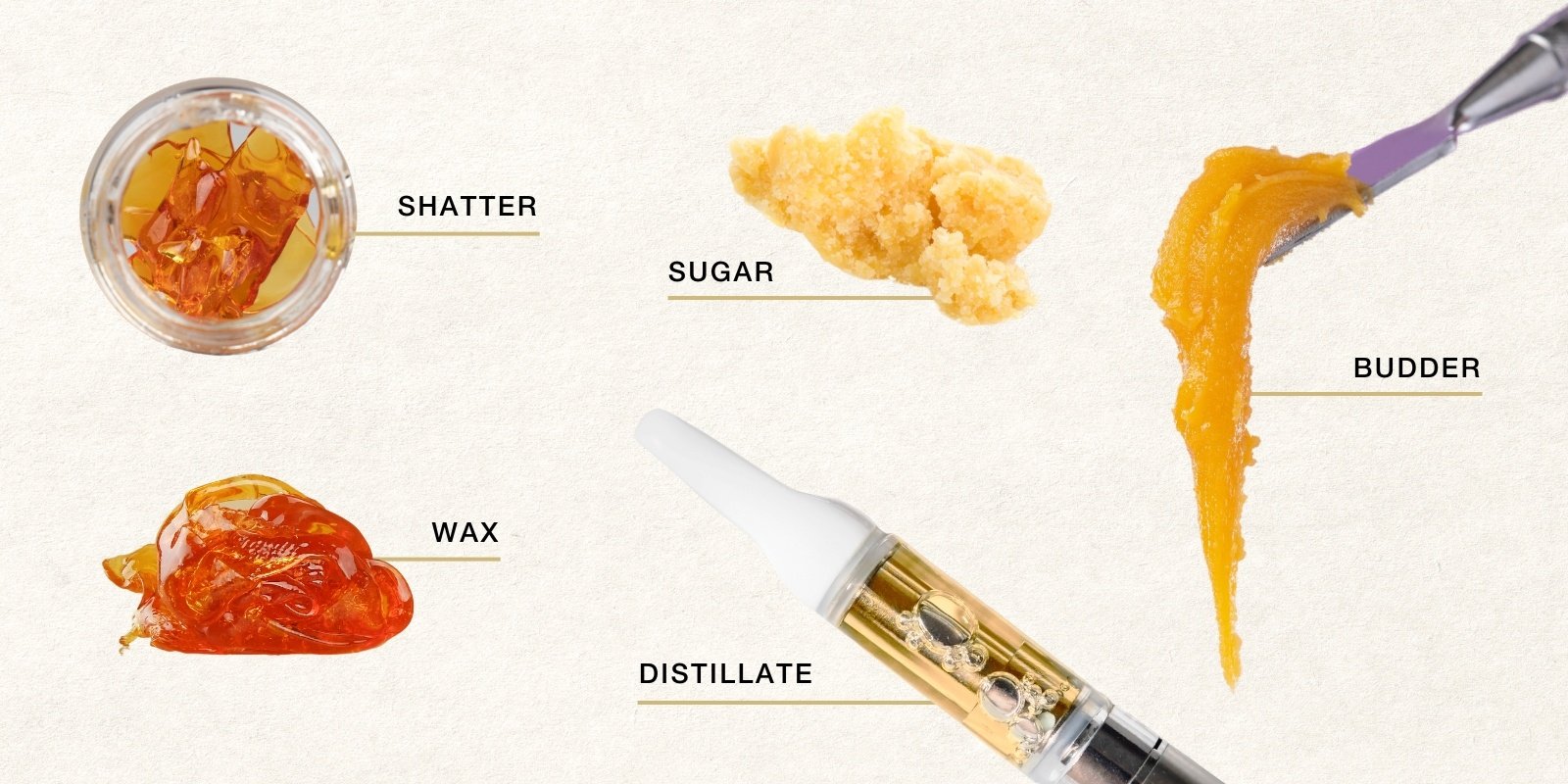What does the research say regarding whether cannabis is addictive?
Riggs: Cannabis is addictive. It has similar reinforcing effects to other drugs of addiction. Older literature before we had these new high-concentration products said one out of 11 individuals (and one out of six adolescents) who experiment with marijuana will go on to develop a cannabis use disorder. There’s evidence that the higher THC concentration products available in the legalized cannabis marketplace may have even greater addictive potential if folks are using it regularly.
Thant: Cannabis can cause physical withdrawal, similar to alcohol or other drugs. It doesn’t look exactly the same. It isn’t life-threatening in the same way, but there’s definitely withdrawal phenomena that come from the body’s physiologic dependence and tolerance that’s built over time.
Riggs: And that’s a really important point. Experiencing withdrawal is a symptom of substance use disorder. At least one-third of those who use cannabis regularly may experience withdrawal or “abstinence syndrome” if they abruptly stop using. While cannabis withdrawal isn’t life threatening, it can certainly complicate the clinical or medical management of other illnesses in hospitalized patients, for example.
|
Common cannabis withdrawal symptoms
-
Anxiety
-
Irritability
-
Anger or aggression
-
Loss of appetite
-
Disturbed sleep
-
Depressed mood
-
Dreaming
|
Less common physical symptoms
-
Chills
-
Headaches
-
Physical tension
-
Sweating
-
Stomach pain
|
How has the picture changed for you as researchers and caregivers since legalization?
Thant: Some studies say you see increased use following legalization; some say you don’t. But what we agree with is you definitely see this decreased perception of risk. It’s something that’s in daily life now. You see dispensaries and CBD (a derivative of the cannabis plant without the psychoactive component, THC) in Colorado everywhere. Farmers markets. Grocery stores.
Riggs: Like other early legalizing states, Colorado has been a canary in a coalmine. Since legalization, we’ve seen increases in emergency room admissions for cannabis induced hyper-emesis and psychosis and hospital admissions in children with inadvertent cannabis exposure.
What certainly has changed in youth is their increased use of extremely high THC concentration cannabis products (i.e., wax, dab pens, shatter, vapes). Almost all of the adolescents admitted to our outpatient substance treatment services are using cannabis concentrates regularly; most are using daily or multiple times per day. As an adolescent substance treatment provider, I realize that the clinical population I see isn’t representative of the general population of adolescents. Nonetheless, the more widespread access and use of cannabis concentrates in adolescents and young adults since legalization is a very worrisome trend.
Can you talk about why that’s so concerning, particularly in youth?
Riggs: It’s very concerning, because there is unequivocal evidence that regular cannabis use during adolescence adversely affects the rapid brain development occurring from about age 10 to 25. And the THC binds to the CB1 receptor and interferes with the development of the prefrontal cortex – areas of the brain involved in decision making, memory, executive functioning and abstract reasoning.
Numerous studies have shown that regular cannabis use during adolescence (onset before age 17) is associated with persistent neurocognitive deficits that may not be fully reversible even with abstinence. Other studies have shown a dose-dependent relationship between adolescent cannabis use and lower socioeconomic status, less likelihood of graduation from high school or college and unemployment/underemployment at age 25.
How much higher in THC are these concentrates?
Riggs: In the early 1960s, your average rolled joint contained about 3% THC increasing to 4% to 6% in the early 2000s. Over the past-decade in the post-legalized cannabis marketplace, the THC concentration of flower has increased to about 25%. The marketplace share of cannabis concentrates (e.g., wax, dabs, shatter, butane hash oil, etc.) has risen dramatically (over 200%) post-legalization with THC concentrations ranging between 70% and 90% or higher.
Historically, we don’t have anything to compare it to, and we currently know very little about the effects of these extremely high concentration cannabis products on health or mental health. There is an urgent need for research in this area. At least 50% of adolescents who are using cannabis are using concentrates.
Thant: There’s a lot of concentrate use among adults as well. A lot of times people say they want to use cannabis because it’s more natural, but if you’re using some of these highly concentrated forms, it’s not the same as the plant. The ratios between THC and CBD and other cannabinoids are not naturally occurring ratios.
Riggs: That’s a really important point because with natural cannabis flower products, there’s a balance of THC, CBD and other cannabinoids, terpenes and constituents that may protect against some of the adverse effects of the THC.
Is there a connection between high cannabis use and suicide risk?
We do not know for sure yet. An increasing number of studies have consistently shown a strong, but poorly understood, association between cannabis use and suicidality. Cannabis use appears to increase the risk of suicide across all age groups but appears to be even more robust and worrisome in adolescents and young adults.
How do you counsel patients who say they use cannabis to self-treat mental health issues?
Riggs: It’s very common for adolescents to tell me that they started using cannabis to help them manage their stress, anxiety, depression or ADHD symptoms. And then I also hear after a while: It just kind of stopped working for me or even made my anxiety worse.
There is solid evidence for this – that regular use of cannabis during adolescence at least doubles the risk of developing depression or an anxiety disorder by young adulthood. It may also worsen the severity and complicate the clinical management of a pre-existing depression or anxiety disorder.
Thant: With depression and anxiety, yes, patients certainly report short-term symptomatic relief from those symptoms. The same can be said of drinking alcohol or using other drugs. But there is no real evidence that shows that over the long term, it helps with these disorders and achieving treatment goals.
And in some patients, it can really worsen some of these symptoms. Especially the higher concentrations can be associated with panic attacks and spikes in anxiety and paranoia. With bipolar disorder, there’s an association with more frequent manic episodes and psychiatric hospitalizations that improve when patients stop using cannabis or decrease their use.
What else would you like to add?
Riggs: Historically, recommendations regarding the therapeutic uses of new medications and their effectiveness and potential adverse effects come from medically trained clinicians and professionals. When the FDA approves a medication, we are confident of the specified dose and purity. This has not been the way of things with cannabis legalization. The legalization and subsequent commercialization of medical and recreational cannabis caught the medical community, practitioners and clinicians off guard.
That’s why we felt it was important to write this book. We have to educate ourselves as clinicians because so many of our patients are using cannabis products. We also need more research to better understand the health effects of cannabis products in today’s legalized marketplace. This is the main purpose and goal of our new NIDA-funded cannabis research center. It’s on us to educate ourselves so we can be credible when we provide our patients with information, and so we can help our patients make good decisions about their healthcare.






